EAT FAT TO LOSE WEIGHT - THE BASICS OF A LOW-CARB, KETOGENIC DIET
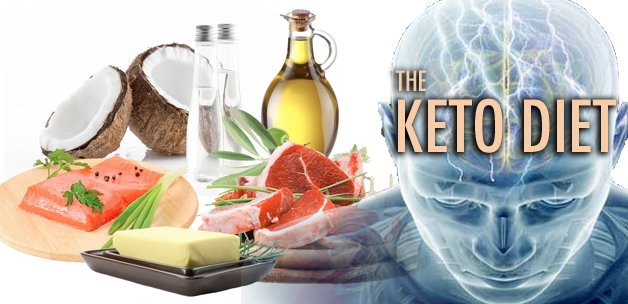
Very often you hear people saying that weight loss plans do not work and that all of them eventually fail. You have heard people complaining about how quickly they have put back all of the weight they lost and all of them seem to be reaching the same conclusion: Diets do not work. But how accurate is that? The truth is actually the exact opposite thing. Every single diet works, at least on a biochemical level. What fails, are the people doing the diet.
If you go to google now, search for a healthy weekly weight loss plan, get the first one you can find and follow it for the next few weeks, I can guarantee you that you will lose weight. So, if it is that easy, why do so many people fail? The answer is, commitment and time. Dieting is a health ''investment'' that the more time you put into it, the higher the rewards will be at the end. Therefore, the best diet out there, is the one that you can stay on for the longest period of time.
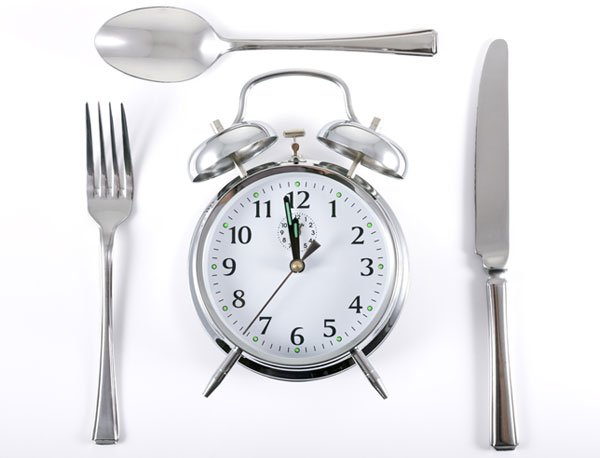
The reasons for getting fat are different for each person. So I believe that if weight gain is so individual and different for each one of us, weight loss will be the same. In this article therefore, I will try to describe to you what worked for me. I cannot guarantee you that it will work for you, but I can assure you that it is worth giving it a try. Remember, dieting is all about investing time. If your diet has foods that you already love and can cook easily, you are much more likely to stay on this diet for the longest.
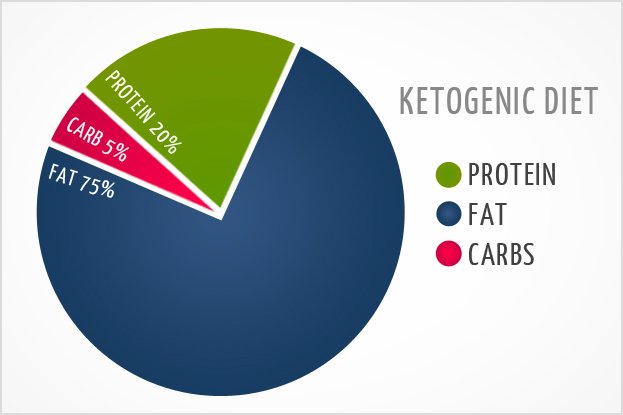
What is the Ketogenic Diet - Starting with the basics
The word Ketogenic is derived from ''Ketones'' (ketone bodies) and the Greek word ''genesis'' which means to create or to give birth. It is therefore simple: A Ketogenic Diet is an eating plan that leads to the creation of Ketone Bodes. But what are these exactly? To put it simply, they are molecules which can eventually be converted to energy by our body. They are produced in the liver by the breaking down of products from dietary fats. They are picked up by the cells of our body and eventually converted to energy according to the cell demands. For the body to produce Ketones, there has to be one basic requirement: a decreased intake of carbohydrates - mostly digestible sugars.
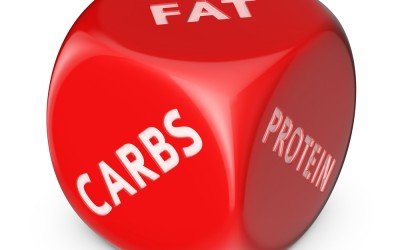
Each food we eat contains three basic components which can be utilized by the body: Fat, Protein and Carbohydrates. Fats and Proteins are absolutely essential for our survival. What most people do not know, is that carbohydrates are actually not necessary to keep you alive. Almost every single cell in your body can live by utilizing fat as energy (in the form of ketones). For those few cells which cannot (certain small areas of the brain) your liver comes to the rescue by producing glucose to meet those needs through the process of Gluconeogenesis. The whole purpose of a Ketogenic diet is to decrease the carbohydrates you eat to such a low level that your body enters the state of Ketosis - a state where Ketones (and therefore fats) are the main source of energy. You basically want your body to convert into a moving fat-burning machine.
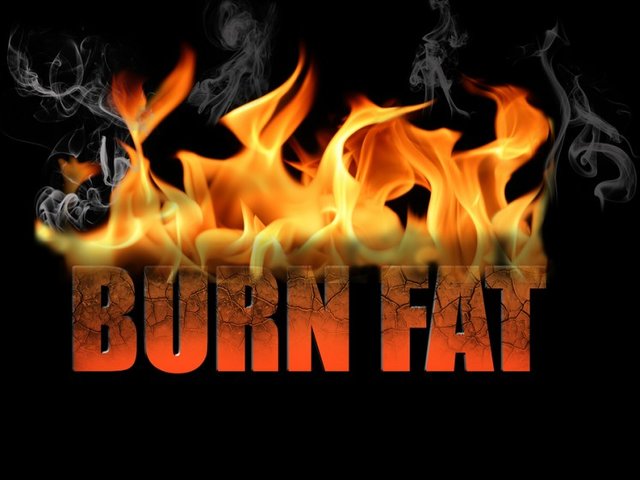
How to enter Ketosis - Calories and Percentages
Before I proceed, I have to mention that Ketosis can be potentially dangerous for patients suffering from Type 1 Diabetes. I won't get into details for the why, but to sum up, such patients can enter the life-threatening state of Ketoacidosis. Therefore I do not recommend to them following this diet without a doctor's supervision. For the rest off you (and especially if you have TYPE 2 diabetes), lets continue.
Just like in any diet, in order to lose weight, you have to eat less calories than what your body needs. This way you will be creating a Caloric Deficit. There are numerous calculators online that you can use, in order to find out exactly how many calories your body requires, according to your gender, weight and height. Personally, as an overweight man in his early 30s, I aimed for 1500-2000 calories per day. The secret of the Ketogenic Diet lies on the percentage of Fat, Protein and Carbohydrates these calories will come from. Before we get into the ''calculations'', remember that each gram of Protein and Carbohydrate equals to 4 calories and each gram of Fat is 9 calories. Remember these numbers well.
• 1 gram of Protein = 4 calories
• 1 gram of Carbohydrate = 4 calories
• 1 gram of Fat = 9 calories
Personally to achieve Ketosis, I decided that 70% of daily input of calories will be from Fat, 25% from Protein and 5% from ''Net Carbs''. My total amount of Net Carbs should be below 20g every day. To find the ''Net Carbs'' you simply check the food label and calculate ''Total Amount of Carbs - Dietary Fiber'. Dietary fiber cannot be digested by the body and it is therefore excreted. The calculation therefore, gives you the amount of Carbohydrates in your food that will eventually be converted to glucose by your body. For example, lets use the following food label:
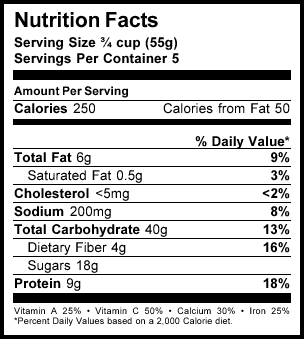
Every serving of this food (55g) has 40g of Total Carbohydrates, out of which 4g are in the form of Dietary Fiber. This food therefore has 36g of NET CARBS per serving. It contains about 6g of fat (~55 calories), 9g of protein (~35 calories) and 40g of carbohydrates (~160 calories) making a total of about 250 calories. As you can tell, this food item would be a bad one to consume during your ketogenic diet. Only 22% of the total calories come from fat and the Net Carbs are almost double the suggested 20g per day. So if not this, what kind of foods are allowed in a ketogenic diet? Here is a list for you:
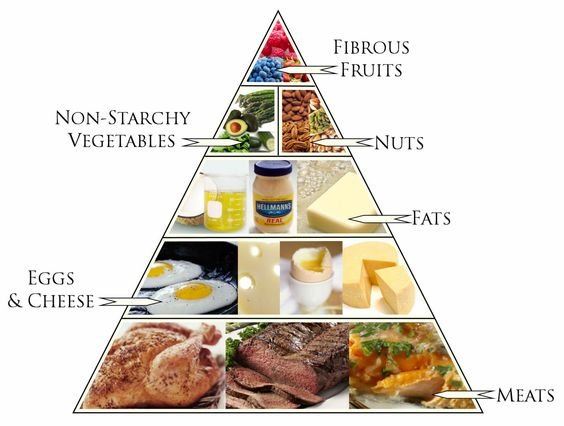
PROTEINS:
Eggs (whole), all poultry, beef, pork (including bacon and sausage), all fish, shellfish (oysters, lobster, shrimps, crab, scallops etc). Meats with higher percentage of fat are allowed and encouraged.
FATS:
AVOID hydrogenated fats such as margarine. Olive-oil, butter (preferable grass-fed), avocados, coconut oil, mayonnaise, peanut butter (watch out for added sugar), lard, ghee, duck fat, macadamia nuts, omega-3 are allowed. Cheese is allowed. Do not use vegetable oil, sunflower oil, soy bean and canola oils.
CARBOHYDRATES:
Must come mainly from greens and vegetables such as: cabbage, leafy greens (lettuce, arugula, spinach etc), kale, asparagus, cucumber . Eat cauliflower, tomatoes, onions, garlic, broccoli, brussel sprouts, peppers in moderation. Generally avoid fruits. Berries can be allowed in rare, small amounts. Mushrooms are totally fine. All alcoholic, carbonated and sweetened drinks are not allowed, even the ‘zero carb’ ones. Grains and milk are also not allowed. For your coffee, full fat cream is a great alternative to milk.
A sample of my daily eating plan:
Breakfast: 2 or 3 egg omelette with parmezan cheese, salami or ham and a bit of onion. Cooked in 1 teaspoon of olive oil and 10 grams of grassfed butter. Coffee with 30 grams of full fat (30%+) cream
Lunch: Steak with blue cheese dressing and broccoli
Dinner: Tuna salad with avocado, lettuce, cucumber and olive oil.
Snacks: 1 tsp of peanut butter, macadamia nuts, coffee
You can find one of my Keto-dinners in detail here: https://steemit.com/food/@nulliusinverba/my-low-carb-ketogenic-dinner-how-i-eat-fat-to-lose-weight
More pictures of some of the food I eat:

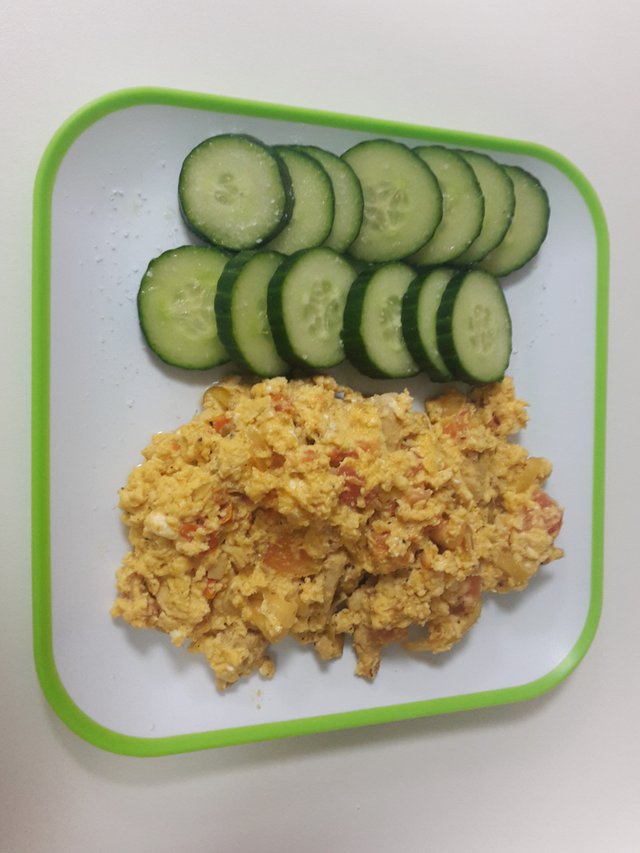
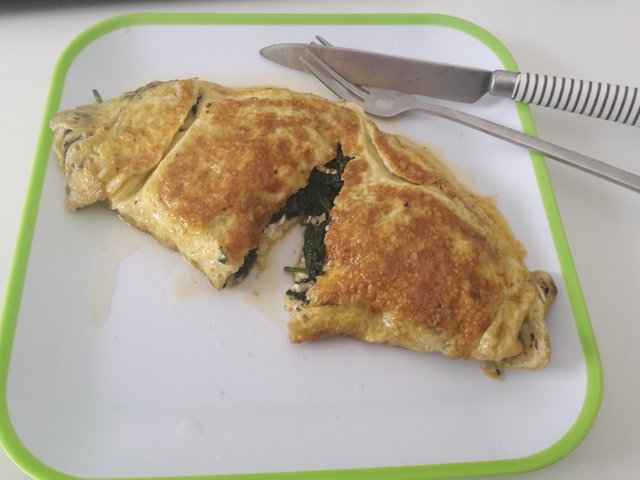
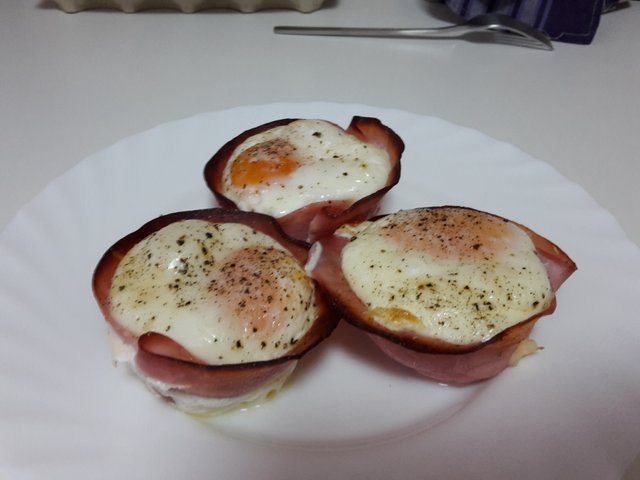

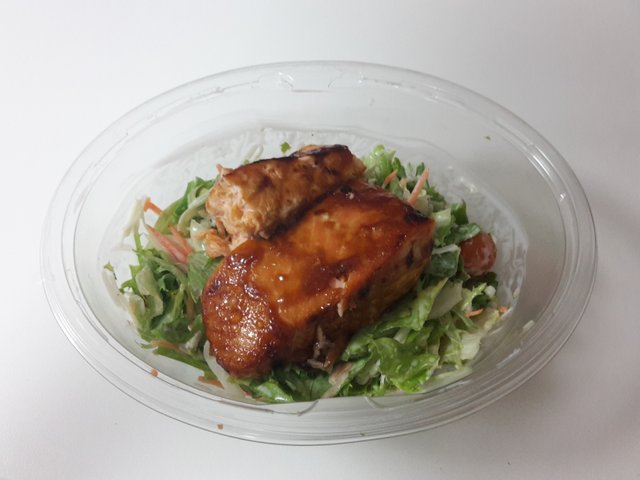
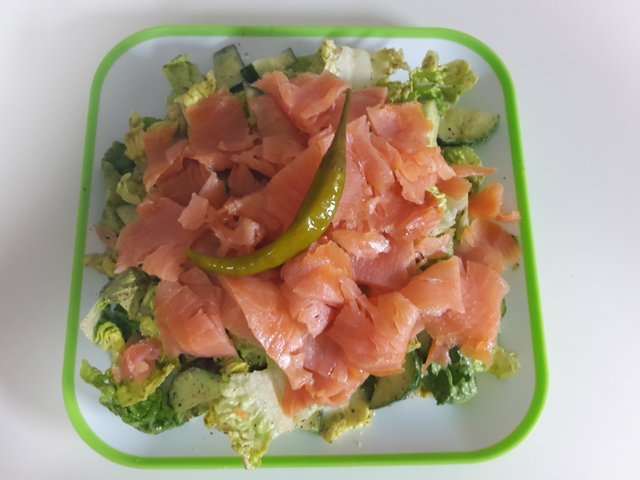
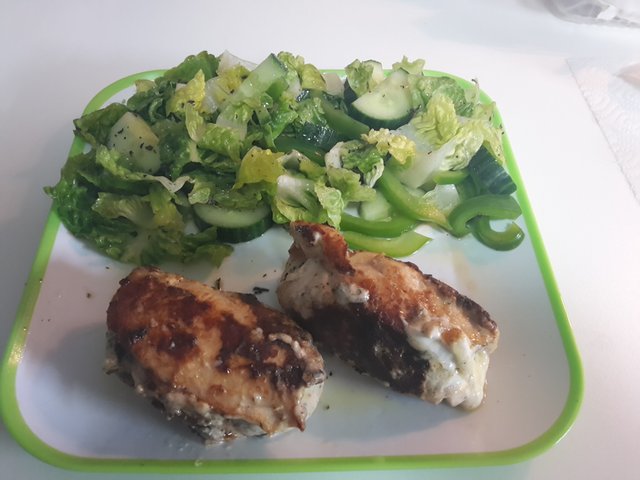
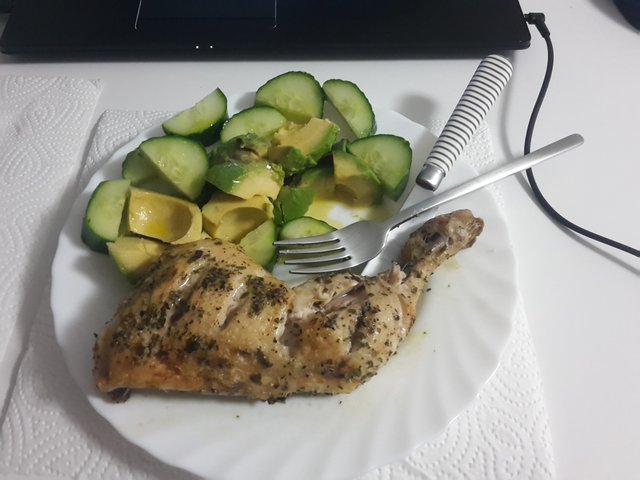
My favorite thing regarding this diet is that I can eat almost completely whatever I want and lose weight at the same time. Yes, it can be hard at the beginning to stay away from pasta, cake, bread and chocolate but with the enormous variety of allowed foods, the cravings are kept to a minimum. After about 1 week of this diet, you may experience something called the ‘Keto Flu’. As your body switches from a carb consuming to a fat burning organism you may experience some weakness, headaches and decreased mood. But this quickly goes away (after 2-3 days) and you will immediately feel more energy than ever before. You will realize that your body LOVES working with fat as energy source and the fat tanks around your mid section will quickly disappear as your body is utilizing them.
I have been on this diet for almost a year now, and I like it quite a bit. Having fats as a large source of calories allows me to only eat twice a day, and have more energy for work/life.
The biggest improvement came right after processed sugars and simple carbs were removed from the diet (my only source of carbs/sugars being fresh veggies and an occasional fruit).
Overall, I'm less hungry, less tired and feel better.
Feeling less hungry is the best thing about this diet. I also eat 2 main meals per day (breakfast around 11am and dinner around 6pm) and a couple of small snacks in between. No cravings, no hunger..ever.
Works well if you stick to it and don't 'cheat' as that ballses things up!
Also, look out for a stonking headache in the first week - bodyshock indeed. Salt seemed to help.
Yeah, the keto-flu can be a bad thing but it is never anything unbearable. Also it is always worst the first time. I ve been on and off keto for quite some time now. Every time I start this diet again, my body enters ketosis much quicker and with almost no headaches.
I've done the mainstream low carb diet in the past, and it does work well. Just to clarify, I'm a Type 2 diabetic. It came upon me later in life. I should be ok eating along this dietary strategy?
Absolutely. Take a look at this video if you are interested:
It talks about Type 2 diabetes and eliminating sugar from your diet.